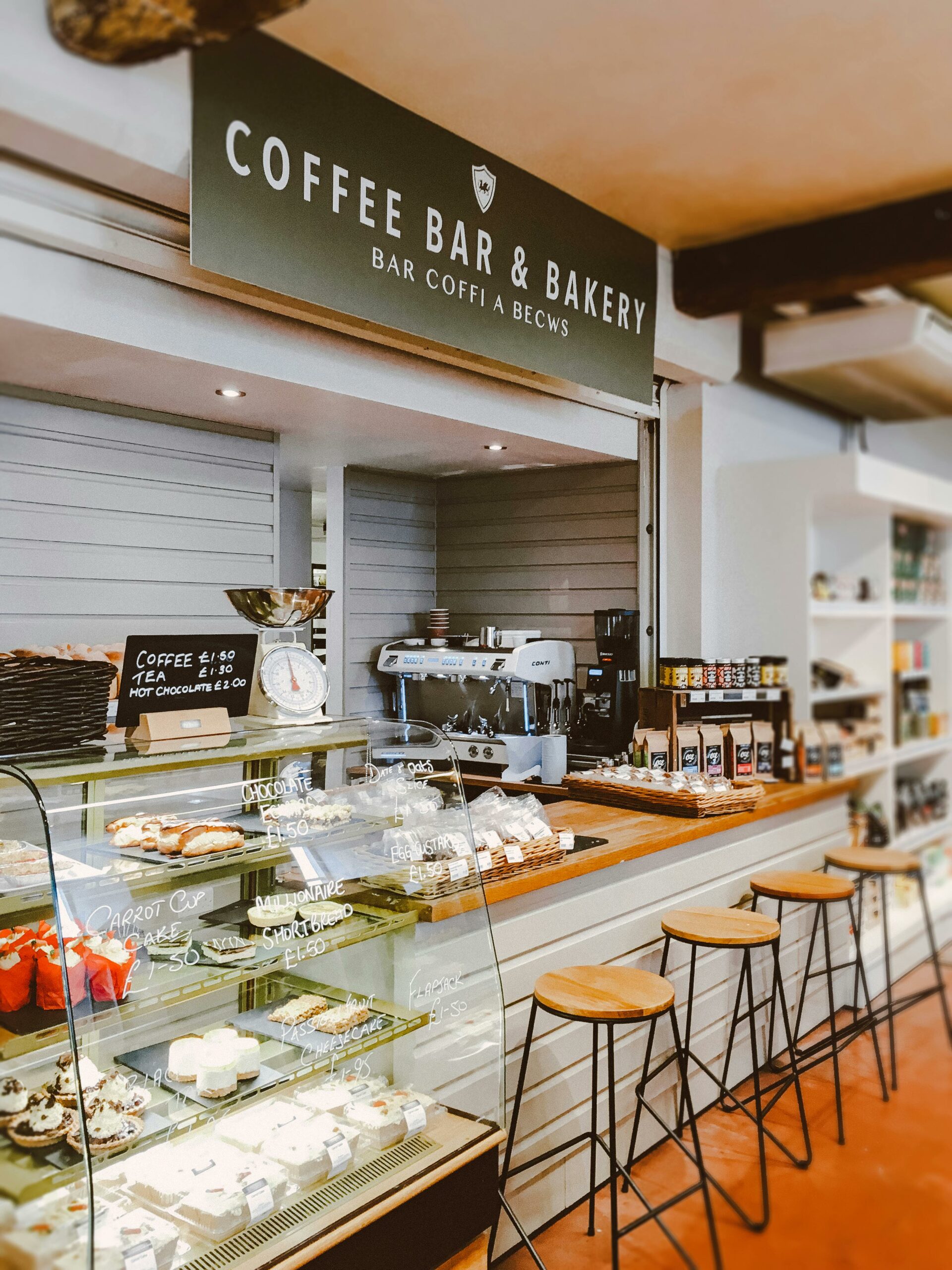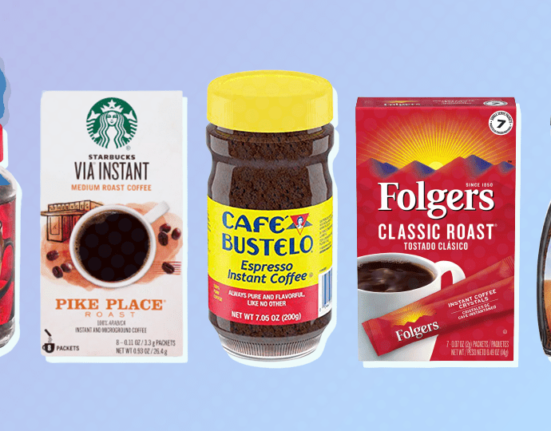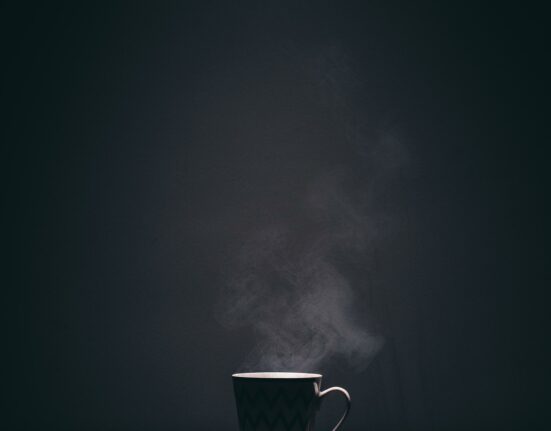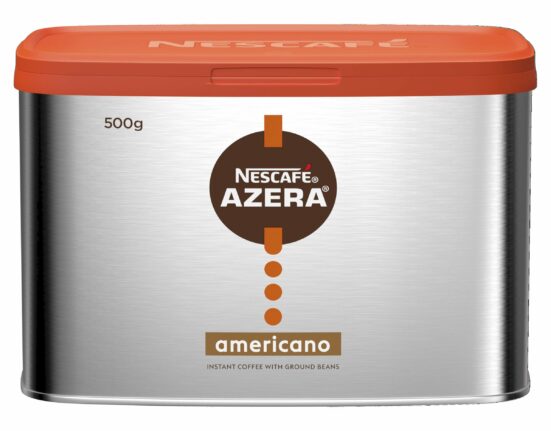In an era where digital representation plays an increasingly pivotal role, royalty-free images have emerged as essential assets in various domains of visual communication. The coffee bar, a social hub replete with ambiance, is often a focal point for such imagery. The allure of a well-crafted coffee bar image is not merely in its aesthetic appeal; it encapsulates the essence of communal gathering, cultural exchange, and sensory pleasure. However, one must explore the broader implications of these images within contemporary discourse.
Understanding the fascination with coffee bar images necessitates an investigation into their semiotic value. Each photograph is steeped in cultural connotations and represents a microcosm of societal interaction. In this discussion, we will delve into the perennial popularity of coffee bars in visual culture, the significance of royalty-free assets in democratizing access to quality imagery, and the intersection of representation and identity within these visual frameworks.
Exploring the Popularity of Coffee Bars in Visual Culture
The coffee bar transcends its utilitarian function; it embodies a lifestyle. In urban and suburban landscapes, coffee bars are often perceived as sanctuaries where individuals seek refuge from the relentless pace of modern life. A carefully composed image of a coffee bar can evoke an array of emotions—from nostalgia to tranquility—serving as a vessel for personal and collective experiences. This emotional resonance is predominantly what draws content creators, marketers, and social media users to utilize royalty-free coffee bar images.
Visual storytellers recognize that coffee bars are emblematic of social cohesion. They capture moments of conviviality, intimacy, and even solitude, encapsulating the duality of public and private spaces. The portrayal of individuals engaged in focused work amidst the aroma of freshly brewed coffee invites the viewer to participate in this shared experience. As observers, we are beckoned into this narrative; we almost smell the coffee and feel the warmth of the space captured in the photograph. Thus, coffee bar imagery functions as a powerful communicative tool that outlines societal norms surrounding hospitality, comfort, and connection.
Democratizing Access: The Role of Royalty-Free Assets
The proliferation of digital platforms has catalyzed a seismic shift in the accessibility of visual content. Royalty-free coffee bar images act as a democratizing force, empowering creators to incorporate high-quality visuals into their work without the burden of licensing fees. This paradigm shift allows for increased creativity and productivity across diverse sectors—be it marketing, education, or blogging.
Moreover, the availability of royalty-free images fosters inclusivity. Small businesses and independent creators can now employ professional-grade imagery to elevate their brands, leveling the playing field against larger corporations that previously monopolized visual representation. This increased accessibility enables a broader spectrum of narratives to emerge—stories that reflect diverse communities, experiences, and cultures relevant to the coffee bar phenomenon.
However, one must also engage critically with this trend. The ease of access to these images can lead to a homogenization of visual culture, where certain archetypal representations of coffee bars dominate. The challenge lies in striking a balance; while we embrace the trove of royalty-free content, we must advocate for authenticity and diversification in visual storytelling.
Navigating Identity: Representation in Coffee Bar Imagery
At the crux of visual representation lies the question of identity. Who is depicted in these coffee bar images? What narratives are being prioritized, and which are sidelined? This inquiry is particularly important in the context of a globalized world where coffee culture is interwoven with myriad traditions and histories. Royalty-free coffee bar images can reinforce or challenge prevailing stereotypes and assumptions surrounding culture and ethnicity.
For instance, an image showcasing a barista of color preparing artisanal coffee can serve as a counter-narrative to the monolithic portrayal often perpetuated in mainstream visual culture. Such representations go beyond aesthetics; they invite critical dialogue around race, identity, and the socio-economic factors influencing the coffee industry. When creators leverage diverse imagery, they not only enrich their content but also contribute to a more nuanced understanding of cultural intersections and the complexity of modern coffee culture.
Furthermore, the interplay of gender representation in these images warrants examination. Traditional depictions of the coffee bar often prioritize youthful, predominantly white individuals. However, a more inclusive approach encompasses all demographics—depicting the elderly savoring a cup of coffee or a family enjoying time together in a cozy coffee shop. Curating visual content that reflects the diversity of coffee drinkers expands the narratives available to audiences and challenges the stereotypical confines of cultural representation.
Engaging with Visual Culture: A Call to Action
As you contemplate the implications of royalty-free coffee bar images, consider your role as a creator and a consumer of visual culture. How can you leverage these resources to represent the diverse tapestry of experiences tied to coffee consumption? Reflect on the stories you are telling through your selected imagery and the potential impact of these visual choices on your audience.
Engaging with representation goes beyond mere selection; it requires a conscious effort to source images that embody authenticity and inclusivity. By embracing the plethora of available royalty-free imagery, you contribute to a visual narrative that is as complex and diverse as the communities that enjoy the conviviality of coffee bars.
In conclusion, royalty-free coffee bar images serve as rich symbols of cultural dynamics, social interactions, and the complexities of identity. They invite exploration, challenge conventions, and offer a platform for untold stories. By understanding the significance of these images, we can partake in a more meaningful discourse surrounding visual culture, encouraging a collective vision that celebrates diversity and authenticity in a world where images reign supreme.








Leave feedback about this